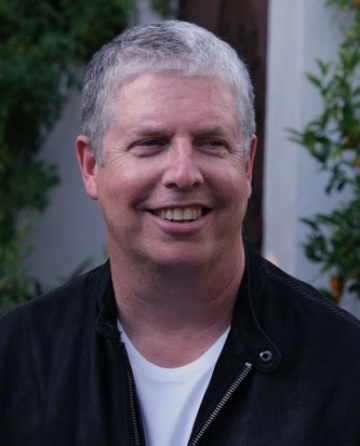Columbia College | Columbia University in the City of New York
UCLA Professor Reflects On College Faculty Luminaries

What were you like when you arrived at Columbia?
I was hungry: hungry to escape from the cliques and pettiness of high school, hungry to move to New York, hungry to see if I could make the first boat on the freshman crew, hungry for new friends and new ideas. I was also happy, from the first day on campus, when my father dropped me off with my bags (uh, yeah, someone stole the battery from the family car while we were moving in, but hey, it was the bad old days). Looking back, I had so much to learn, but at least I was confident that I was in the right place to do so.
What do you remember about your first-year living situation?
I had an amazing, split experience my first year. In the fall, I lived in Eli White, St. Luke’s Hospital’s nursing residence, on 114th Street and Amsterdam. Columbia rented out two floors of the now-demolished building and moved in a bunch of first- and second-years. All the rooms were singles, and they came with maid service (a concept that still boggles my mind). A few weeks into spring semester, we were all moved into the newly constructed East Campus. We felt like urban pioneers as the first residents of the farthest east spot on campus. My suite was all singles, and everyone in it was a close friend by that point, since they allowed us to create our own little Eli White exiles housing lottery. The building wasn’t really finished, and had lots of problems (still does, from what I’ve read in Spec online), but East Campus’s views were amazing. The maid service didn’t follow us from 114th Street, more’s the pity.
What Core class or experience do you most remember, and why?
During Orientation, we were given the student-edited Columbia-Barnard Course Guide. Think ratemyprofessors.com, but on paper and less snarky. One of the entries said that it was worth doing anything to get into Wallace Gray’s Lit Hum class. I took that as my cue, and slept overnight on line with a bunch of other first-years outside the Registrar’s office (yes, you could do that then). The next morning some second-years tried to jump our “unofficial” line, but we held fast, creating a solidarity in the Class of 1984 that helped power us past that year’s Orwellian overtones. I managed to secure a spot in Gray’s section, and decades into my own teaching career, his class remains my model for what a seminar should be. The discussions were the best form of intellectual combat as we moved from the Iliad to the Confessions, the Divine Comedy to King Lear. The seminar was intense, impassioned, confrontational, but in the end, wonderfully supportive. Gray told us that our solipsistic version of education — where we were the center of this process — was nonsense, that what was really happening was that as members of the seminar, we had been transformed into the medium through which Homer conversed with Augustine, and Dante debated Shakespeare. Gray’s Hamilton Hall classroom was an alchemist’s laboratory, and he was a magus who forever changed the way I think about culture.
Did you have a favorite spot on campus, and what did you like about it?
Columbia’s campus is defined by its nooks and crannies, and I had so many places I loved. As a rower, the Gould (now Gould-Remmer) Boathouse; for quiet and study the Starr East Asian Library in Kent; for soaking up the intellectual life of the College, it would have to be Professor J.W. “Wim” Smit’s office. Smit had a cavernous book-lined space in Philosophy Hall with a huge window overlooking Amsterdam Avenue. For some reason, the Queen Wilhelmina Professor of the History, Language and Literature of the Netherlands let me — a non-Dutch speaking undergrad — hang out while he worked on his research and occasionally talked to me about what he was doing, and, if I was lucky that day, everything else about the world.
But in the end, as clichéd as it might be, my absolute favorite spot on campus was and will always be the Low Steps. I worked as a resident assistant the summer after graduation, and while hanging out with some other friends who had also not yet moved on, I found a working electrical plug at the southeast end of the steps. I don’t know if it’s still there, but that plug powered a boom box and blenders full of blueberry daiquiris for us that last College summer, when I had no idea what was coming next, and really didn’t care.
What, if anything, about your College experience would you do over?
I would have magically rescheduled Arthur Danto GSAS’53’s class on art and philosophy from afternoon to morning, so that it wouldn’t conflict with crew practice. I regretted not being able to study with him then, and that regret only intensified as the years went by and I found myself writing about the intersections of art, media and technology.
More “Take Five”
- 1 of 32
- ›

